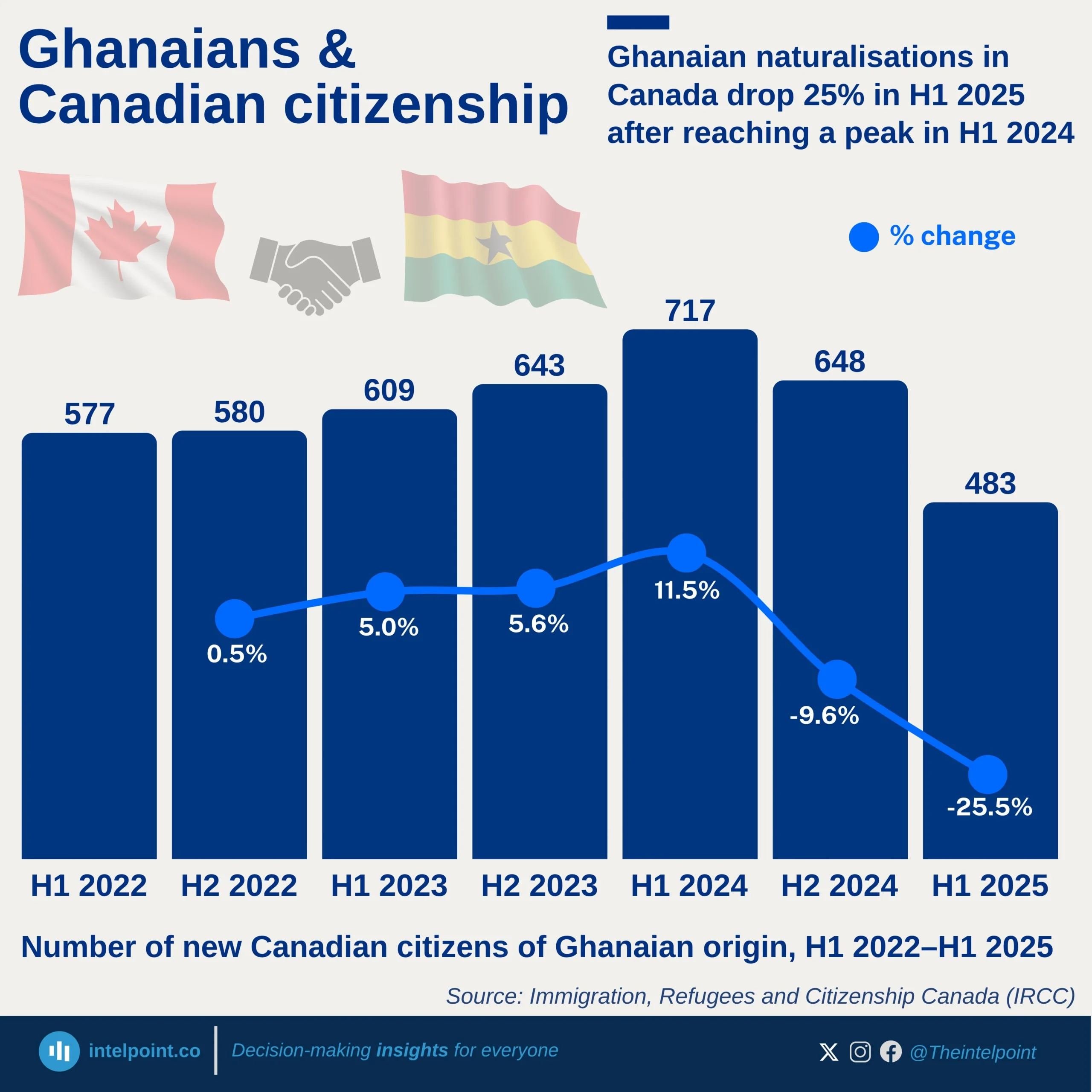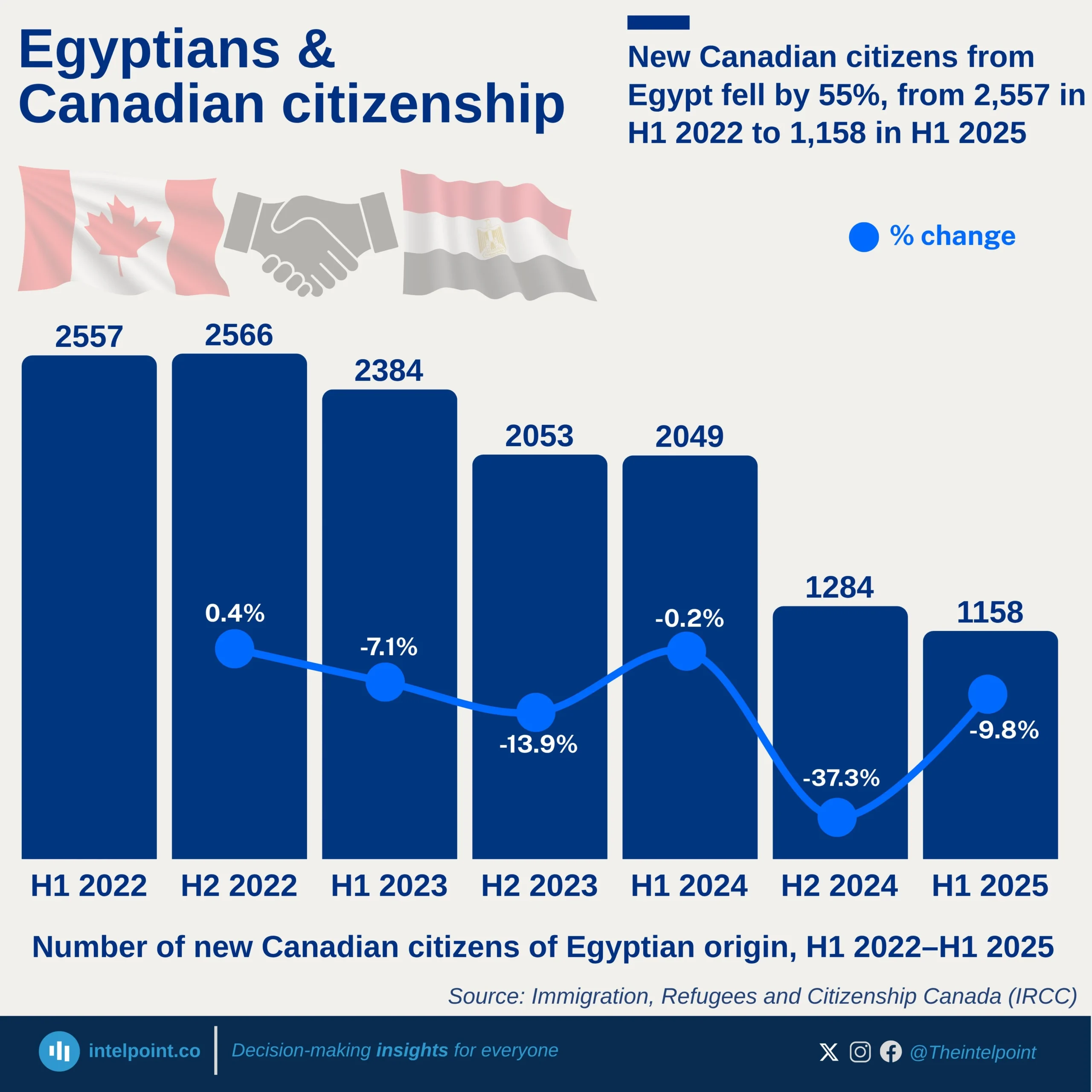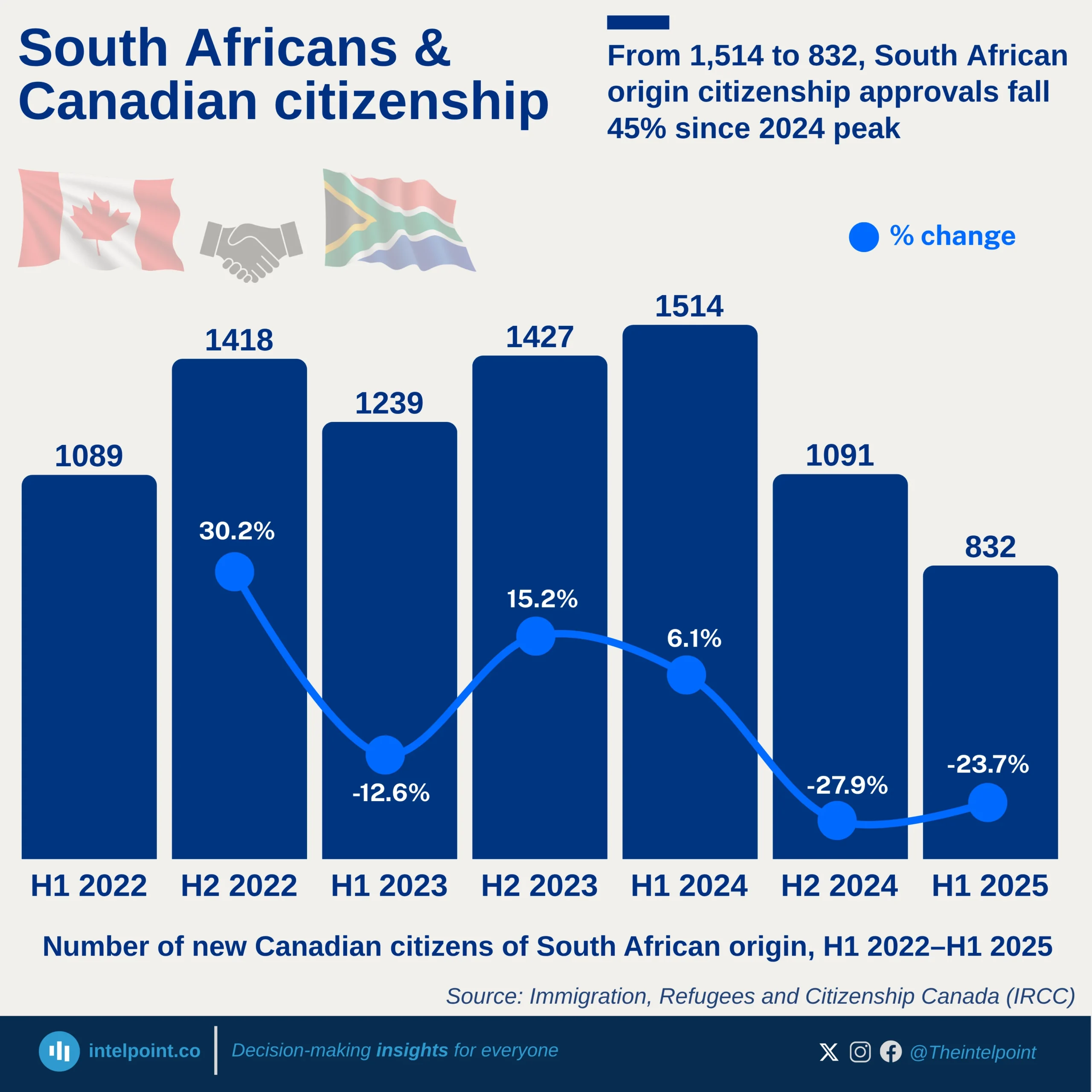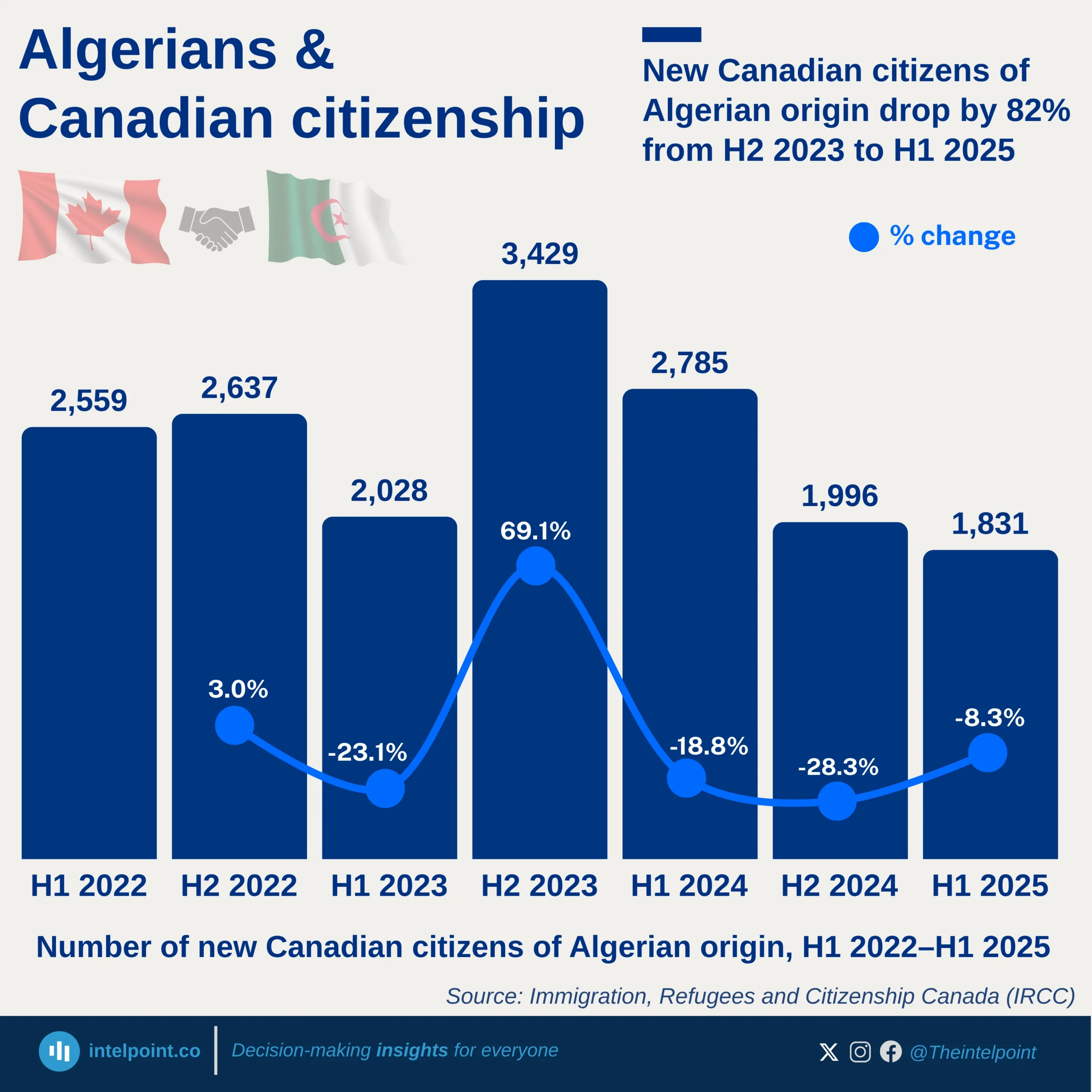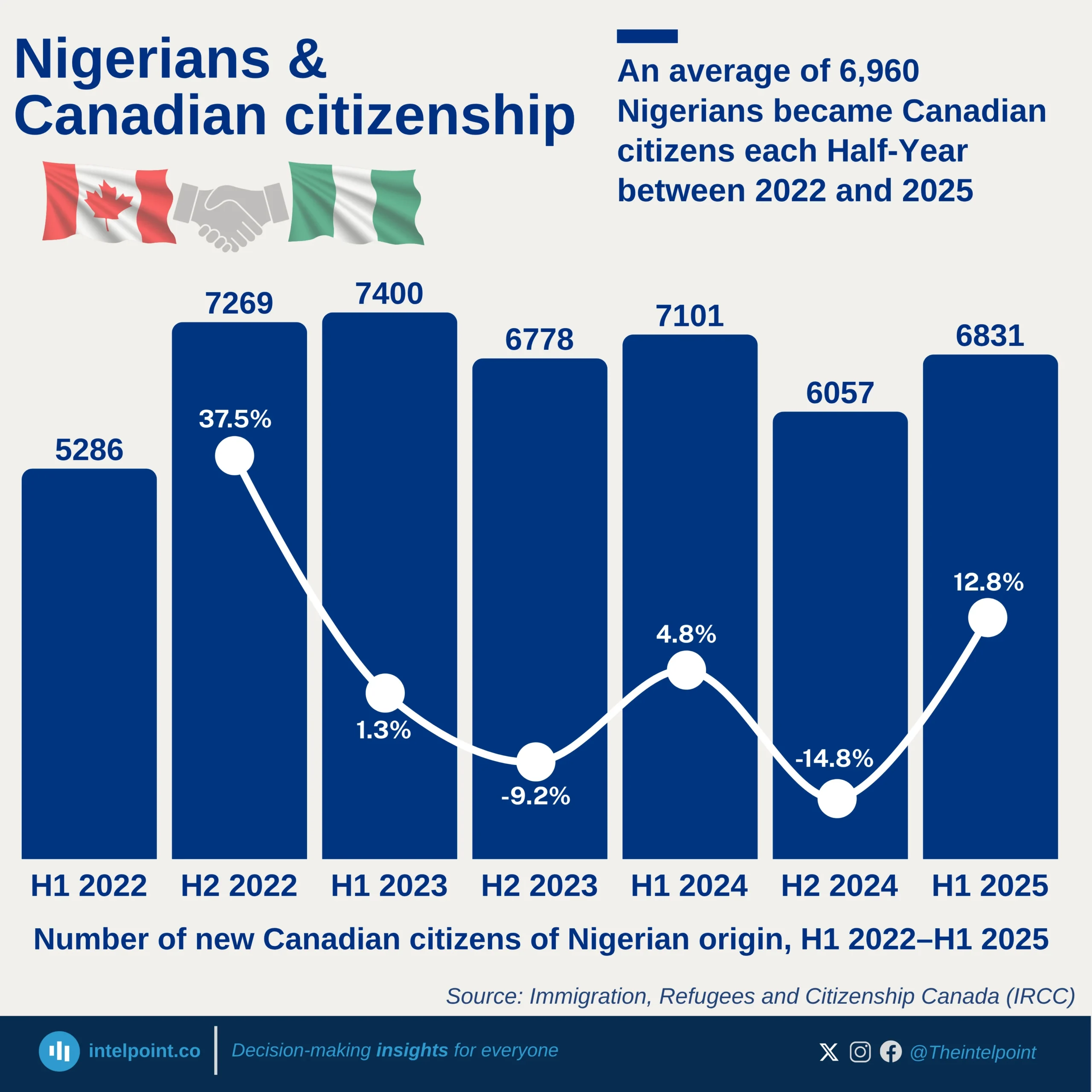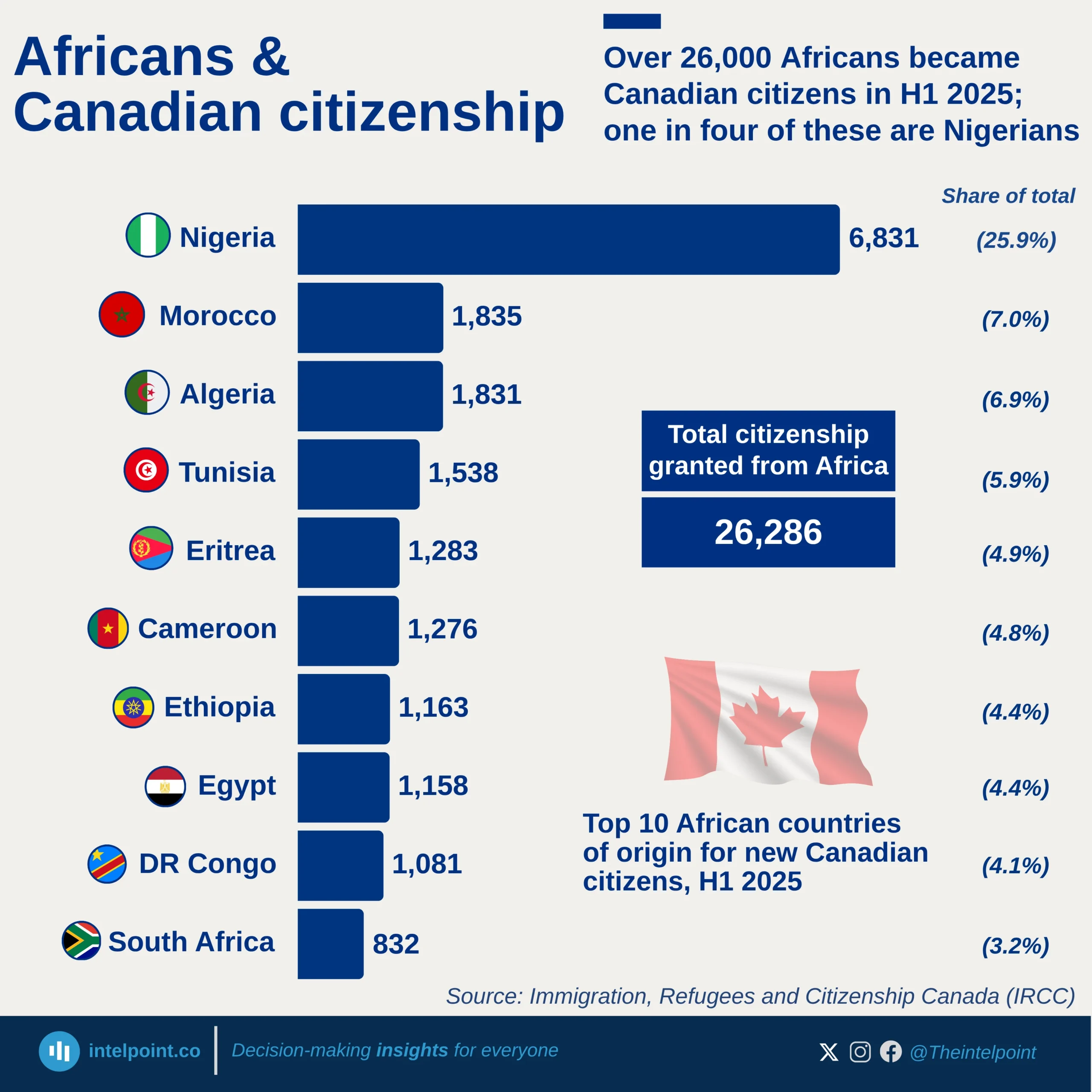Key takeaways:
In the last decade, the United States has seen an extraordinary rise in asylum applicants, raising from 18,946 in 2012 to an astounding 3.18 million by 2024. The trend reveals clear phases of acceleration. The first notable increase occurred between 2012 and 2013 when the total number of asylum applications increased more than fourfold from about 19,000 to 84,000 asylum applicants. This initial upswing laid the groundwork for what would become a steady pattern of annual growth.
The years from 2016 to 2020 saw the figures roughly double, increasing from 440,000 to nearly 1 million asylum applicants. However, the most significant rise happened in recent times. From 2020 to 2024, numbers have more than tripled, with every year establishing new highs. The latest figure of 3.18 million asylum applicants in 2024 represents nearly a 170-fold increase compared to the numbers seen in 2012.
